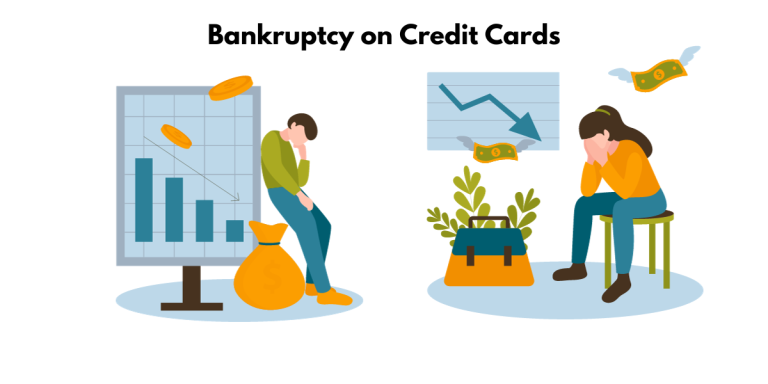How to File for Bankruptcy on Credit Cards: The Complete Guide to Bankruptcy and Credit Card Debt
The Basics of Credit Card Debt and Bankruptcy Defining Credit Card Debt Accumulating debt on your credit card is akin to taking a loan from your card’s issuer which is instantly used to make purchases. This type of debt falls under the umbrella of unsecured debt, signifying that there is no collateral to secure the…





